From the Piccolo or Benjamin, to the Melchizedek, there are today at least 14 different sizes of Bordeaux-type wine bottles in circulation - the typical cylindrical, tall, broad-shouldered bottle - which hold from 0.187 to 30 litres of fermented grape juice. However, it is enough to go into a supermarket or a wine shop to see how one size predominates far above the others: the 75 cl. bottle .
Why has this size become the standard for the wine bottle? In reality, there is no single answer and there are probably several factors that have contributed to 750 ml being the standard size for the wine bottle.
The history of the wine bottle
Humankind has enjoyed the pleasure of drinking wine for more than 8,000 years, although it is known that this precious liquid was first produced as far back as the Neolithic era, in the region now occupied by Iraq and Iran.
In the early days, the most common containers for holding wine were animal skins or earthenware objects. In the 15th century BC, clay amphorae first appeared on the coasts of Lebanon and Syria, first used by the Aegeans in the Cretan city of Knossos and later by the ancient Greeks and Romans as the main means of transporting and storing various foods, including grapes and wine.
Amphorae for transporting wine: Roman Culture, 1st-4th centuries AD. Museum Vivanco de la Cultura del Vino
When the Roman Empire conquered Gaul, the Romans discovered that the Gauls used oak barrels to store beer. They soon learned how to brew beer and replaced amphorae with wooden barrels for storing wine, a highly prized drink at the time. With the invention of glassblowing by the Phoenicians around the 3rd century BC, the production of glass containers not only increased, but also allowed the production of round, closed containers, something that the Romans would also take advantage of, with the first evidence of wine in glass containers coming from the same period.
The watertightness of wine in glass did not materialise until well into the 18th century, and it was not until 1821, in the English city of Bristol, that glass bottles began to be mass-produced in the manner we more or less know today.
From the imperial era to the present day
In reality, the adoption of the 750 ml bottle format is a relatively recent development. It was in the 1970s that this measure was imposed in many countries. In 1975, European packaging legislation (Directive 75/106, later superseded by future Directives) declared that wine could only be sold if it was packaged in certain package sizes, stating that for bottles in the 50 cl to 1 litre range, the 75 cl format was the only one allowed. The United States, following the European legislation, would follow suit when it established its metric standard for liquid packaging, which would come into force in 1979.
A few decades earlier, after Prohibition was abolished at the end of 1933, the United States required all wines and spirits to be sold in bottles (instead of the old practice of buying a barrel of whisky), specifying what sizes a bottle of wine or spirits could be. This ensured proper collection of taxes by the government. In addition, this prevented consumer deception by establishing a system of standardisation, with the fifth of a gallon being the most common size for wine and spirits (75.7 cl).
Already in colonial times, imperial trade standards favoured the 75 cl format. Both the French and British imperial metrics would have agreed to adopt a common standard for the export and import of large volumes of wine. The French would export a 225-litre barrel, which represented about 50 imperial gallons. This represented a total of 25 cases of a dozen 75 cl bottles each, each case being 2 imperial gallons (1 imperial gallon = 4.54609 litres, 6 bottles = 4.5 litres, 1 bottle = 75 cl).
Another of the most widespread theories is more of a practical nature, and goes back to the adoption of the "blowing" technique for the production of glass bottles. Obviously, the lung capacity of the blower was limited, so that the force of a blowing could achieve the production of bottles up to 650-750 ml in size.
Another theory suggests that the 750 ml size was the most convenient for both customers and winemakers. According to this theory, 75 cl would be the exact amount of wine to serve 6 glasses (125 ml each), according to the usual standard of Italian osterias (old taverns, still in use today). Some say that this standard was established in 18th century Napoleonic France, as it was considered "the right amount for a man to drink at dinner".
Evolution of the bottle: a collection of bottles dating from the 2nd-3rd century AD to 1920. Museum Vivanco of Wine Culture
Size matters
The wine container is an important factor influencing the quality of the liquid it contains. For example, for oenological experts, the "Magnum" format (1.5-litre bottles) favours a slower and more harmonious ageing of the wine due to the larger capacity of the container and a lower oxygen-liquid ratio. This maturation process, much appreciated in great wines, makes their evolution more stable and even achieves a longer life cycle, making it an ideal choice for long-ageing wines.
Thus, the greater the volume of wine in a bottle, the slower the ageing of the wine. Thus, the 75 cl size would be a very favourable size for the expression of the wine's nuances. As the amount of oxygen is smaller than in larger bottles (such as the "Magnum"), the wine's evolution process is slowed down and its aromatic and gustatory virtues are multiplied.
It seems that there have been several causes that have brought the 75cl bottle of wine to our tables. Although there are colours to suit all tastes, or rather, sizes.






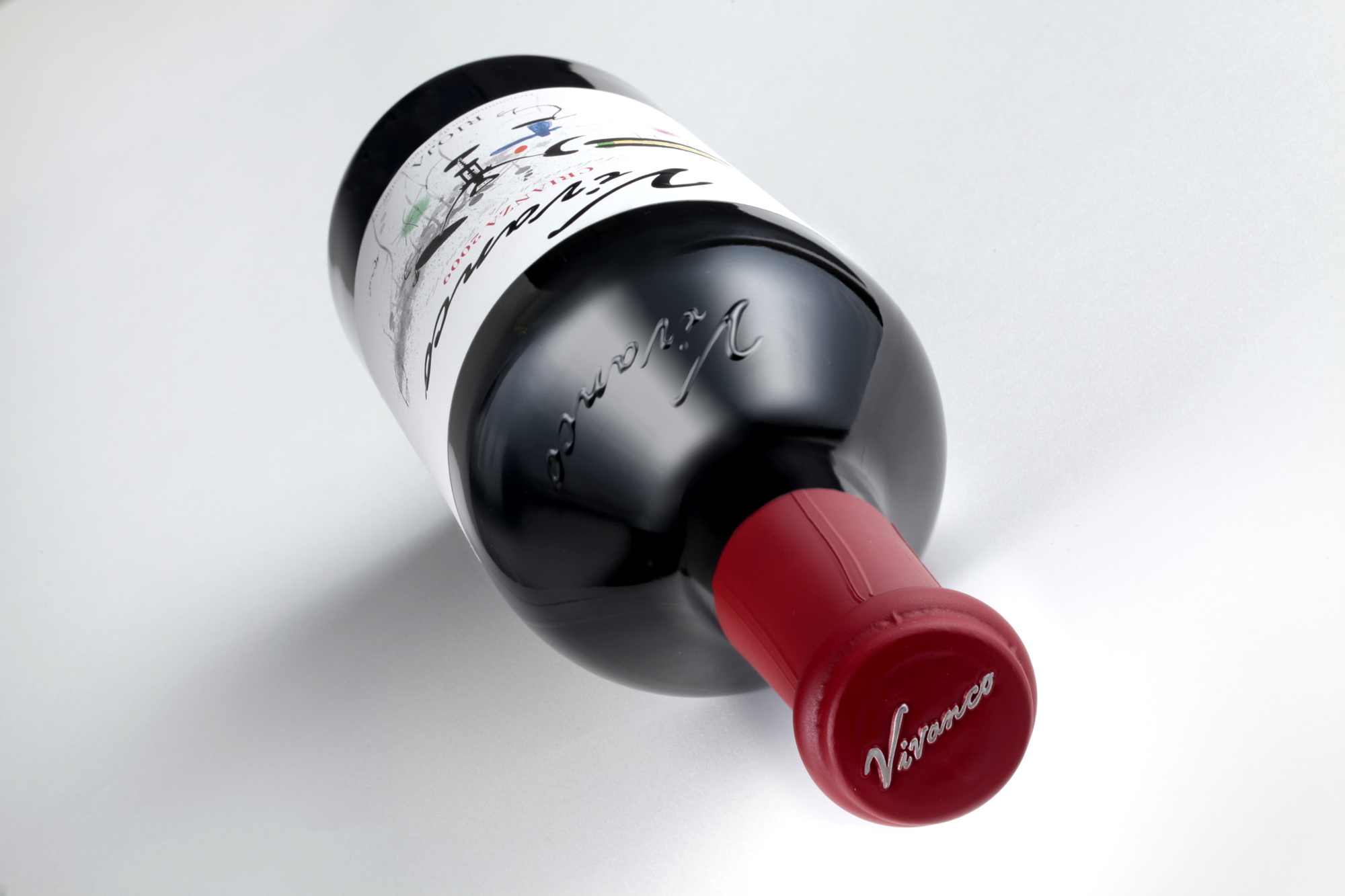
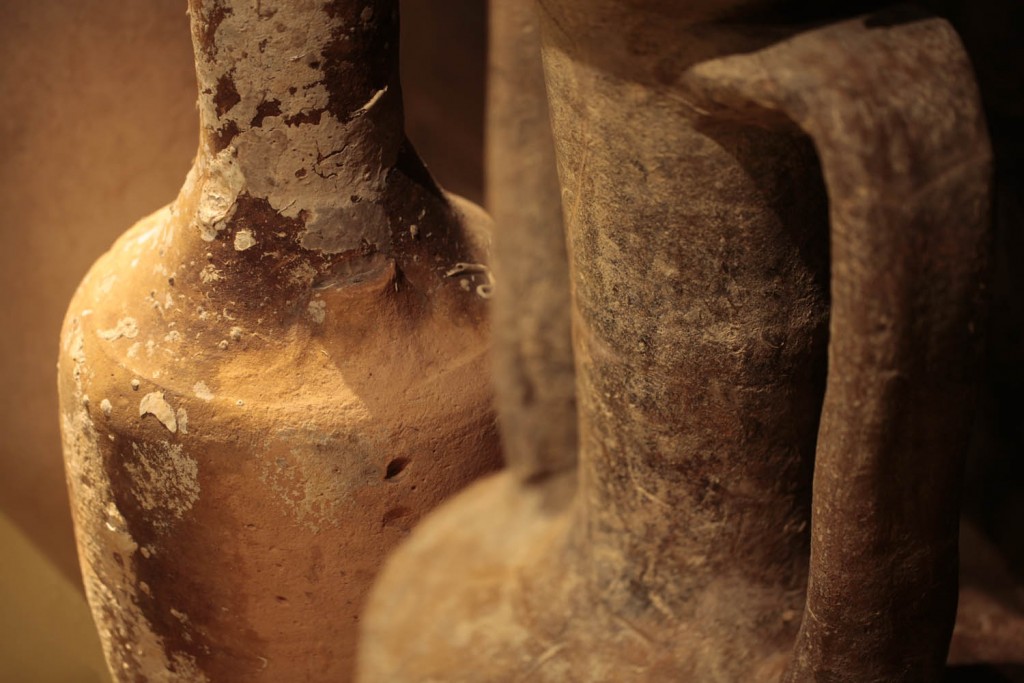
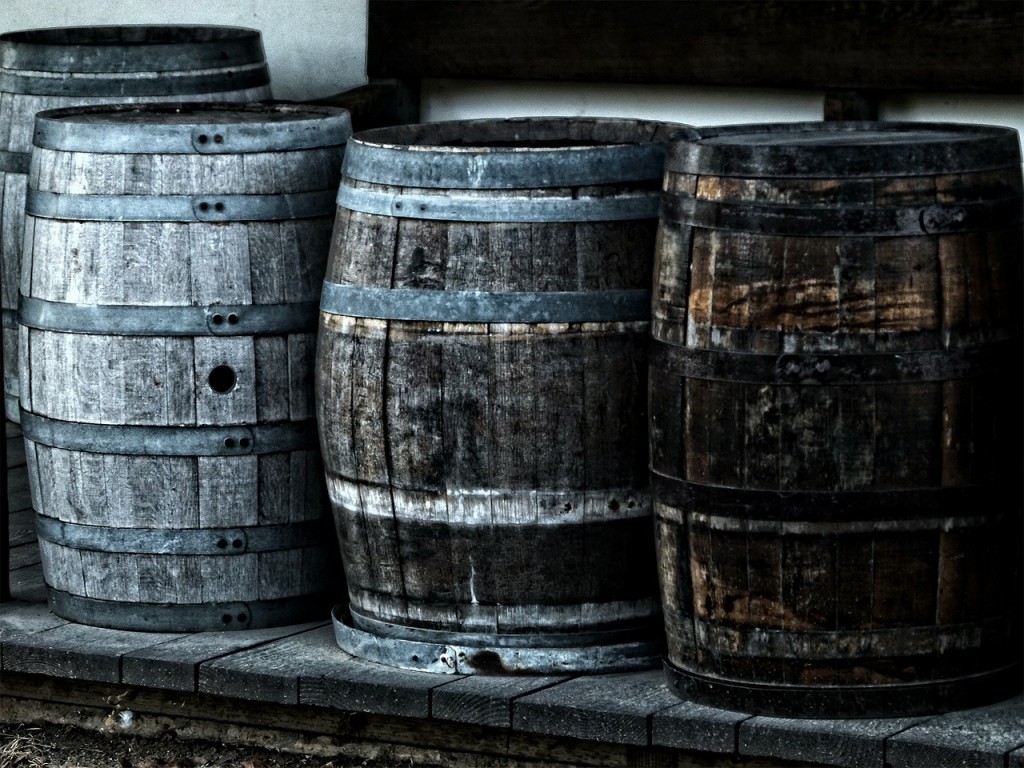
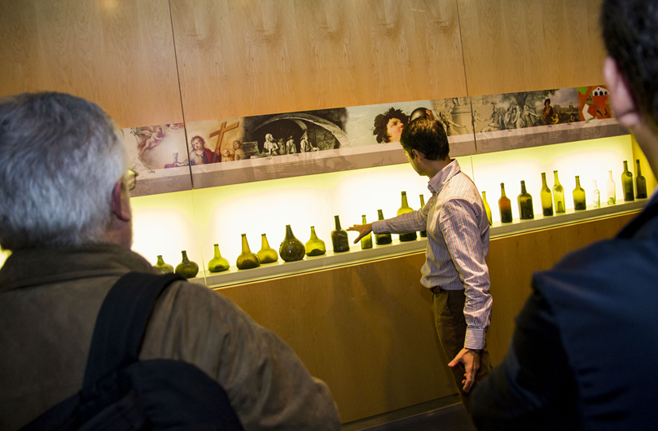
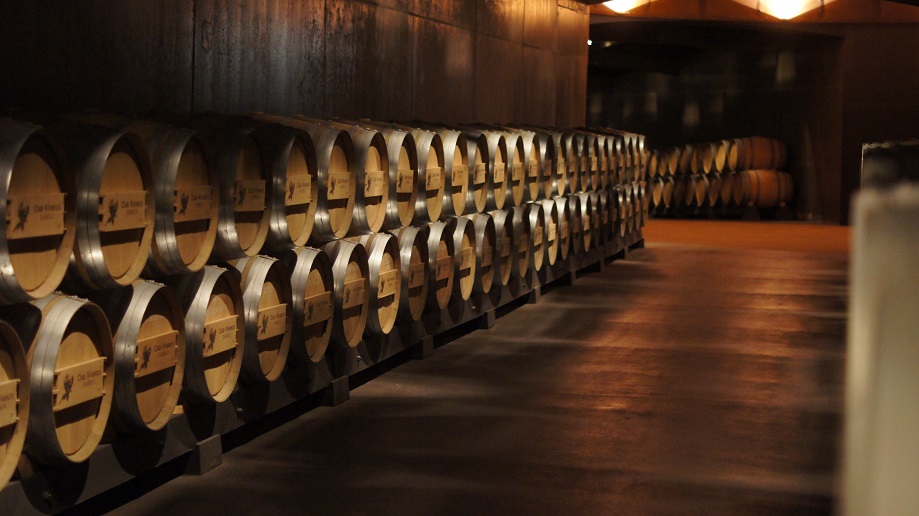
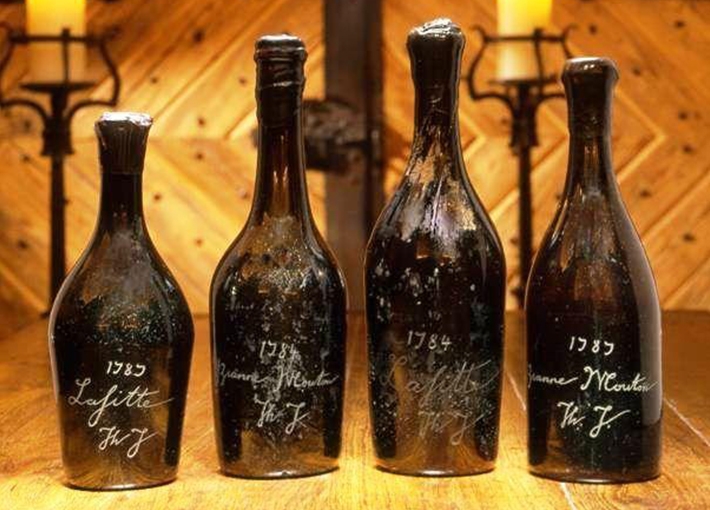
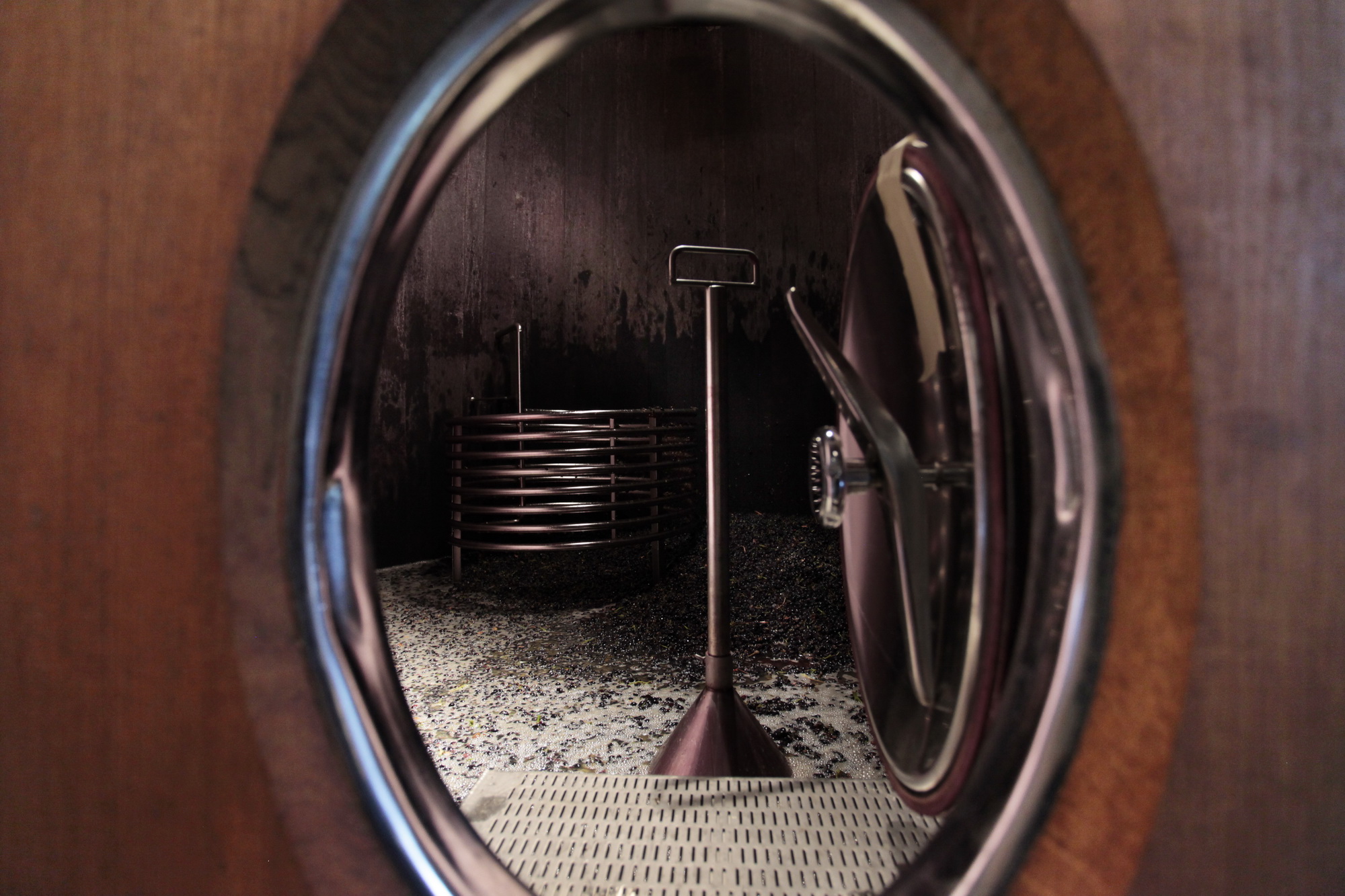







Without too much conjecture, the 0.75 l. measure is because it is the limit on the tax scale. If the bottle was 1 litre, you would pay more.